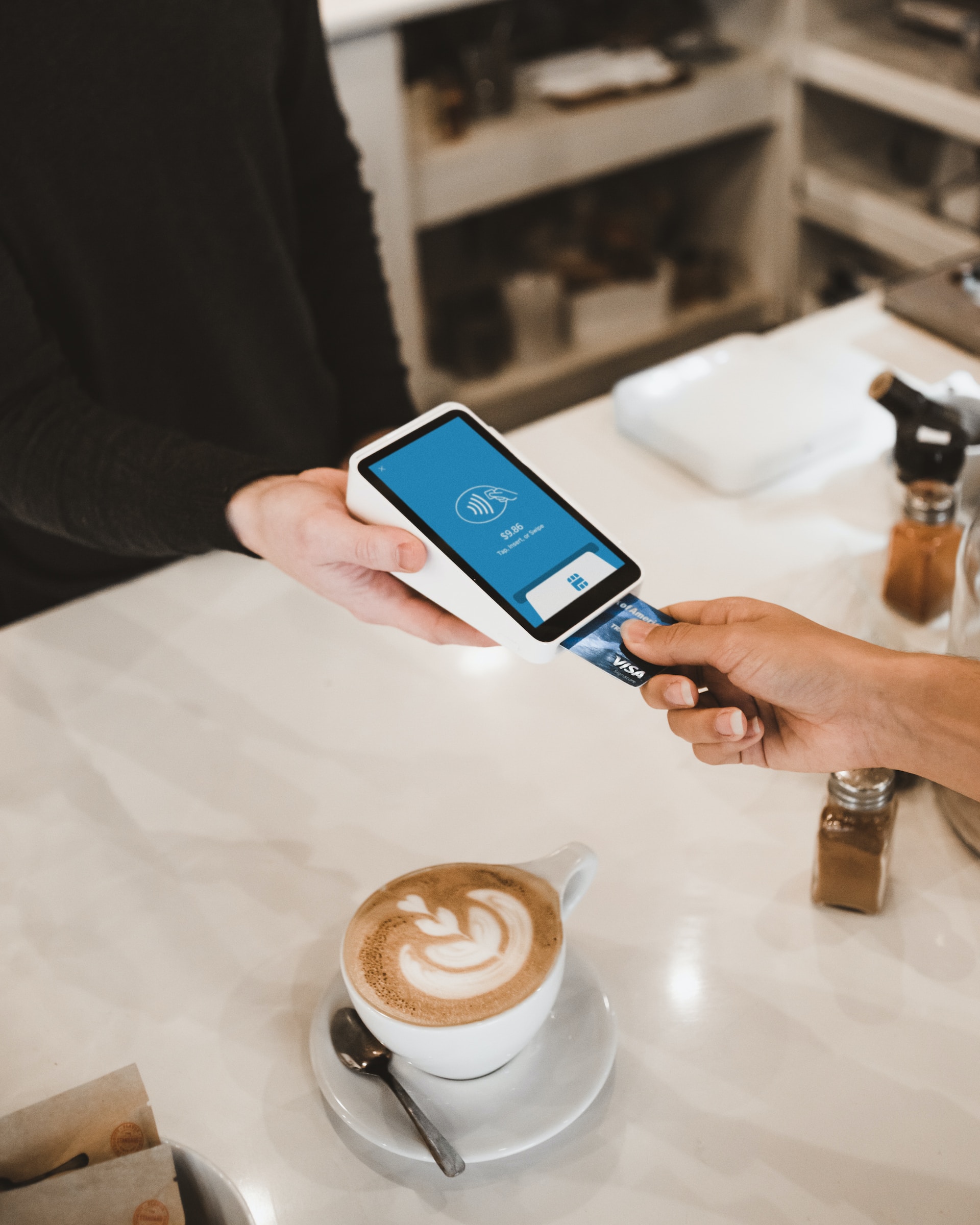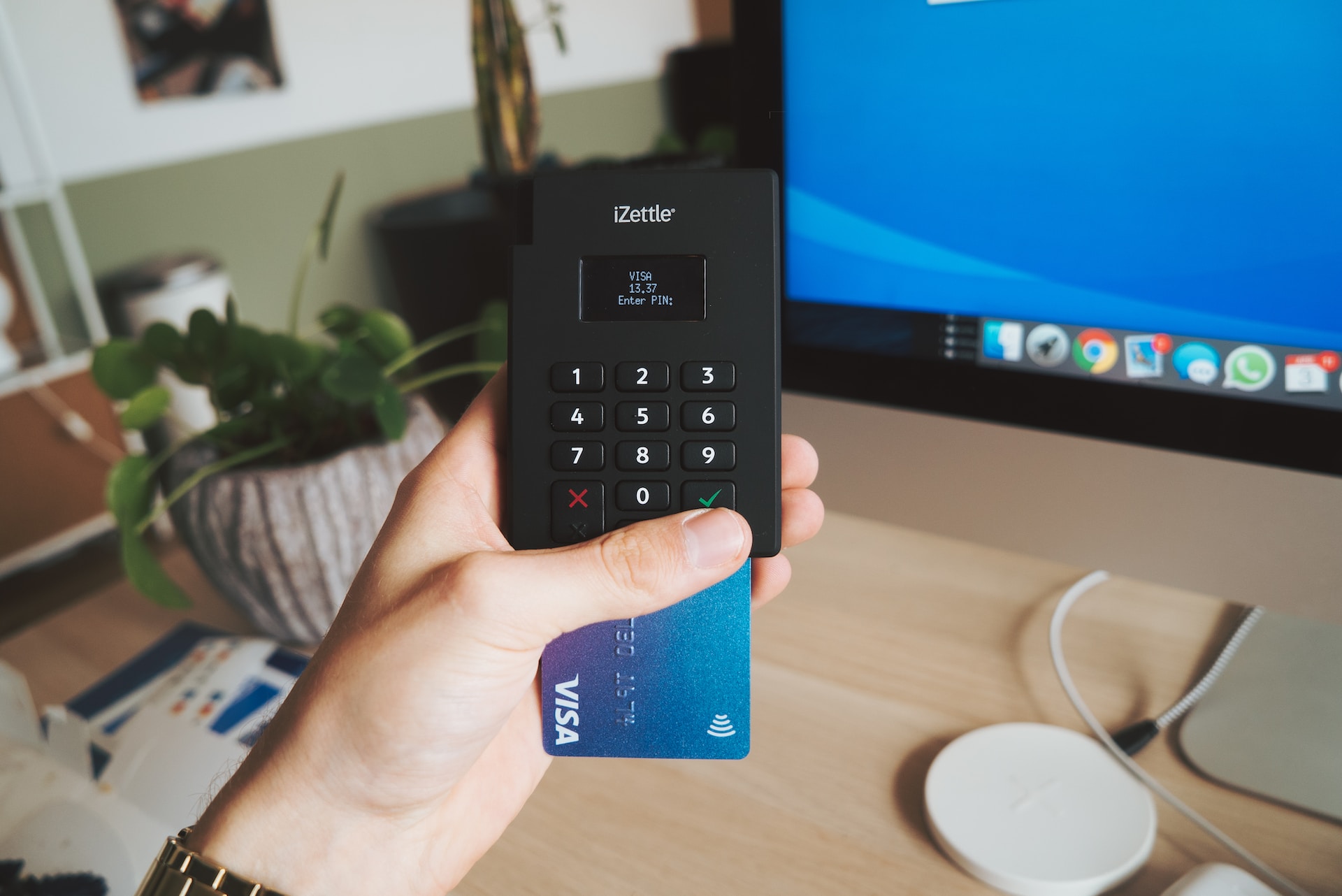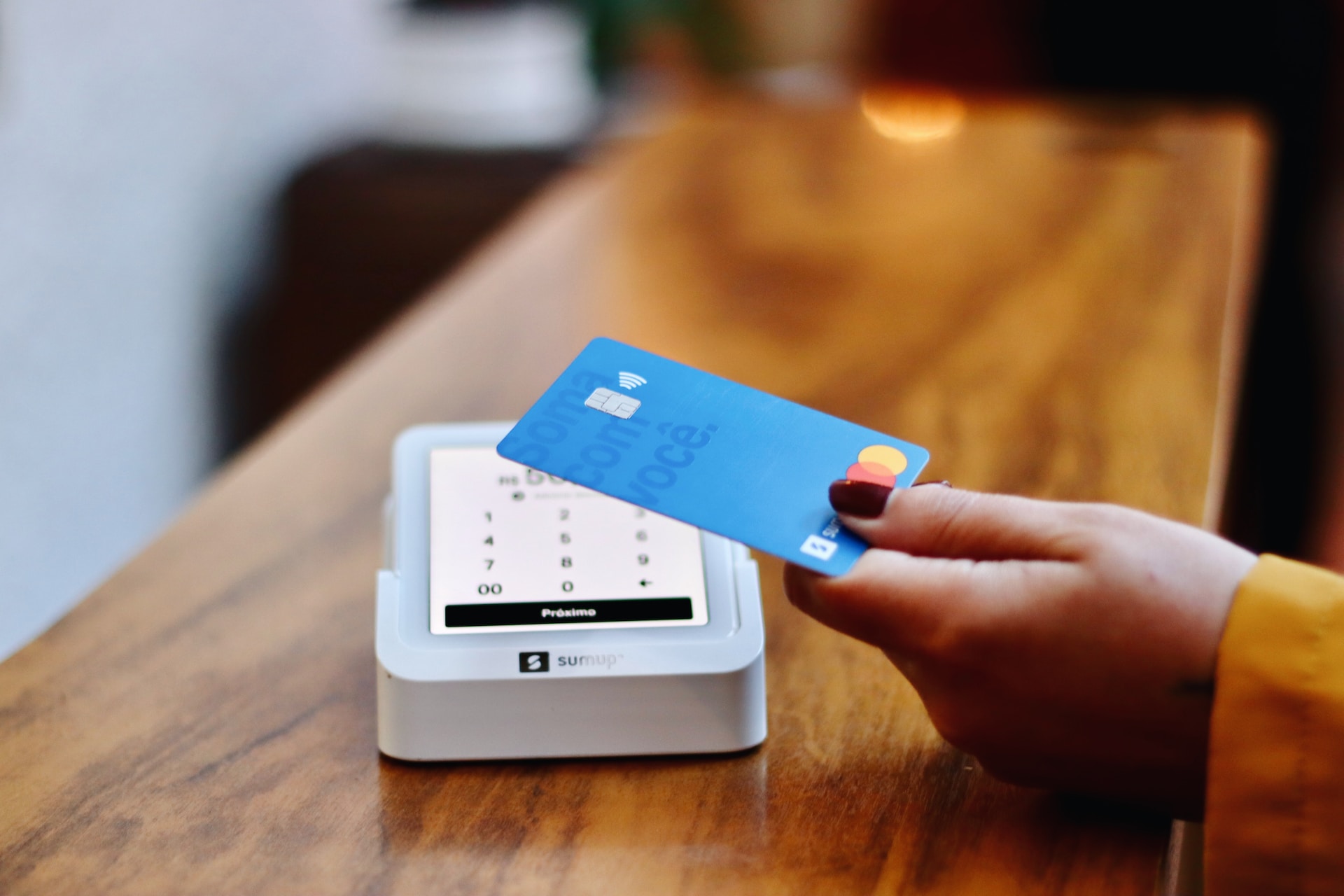
In the ever-evolving landscape of commerce, small businesses face the continuous challenge of adapting to technological advancements to enhance both sales and operational efficiency. One pivotal tool that has proven instrumental in achieving these goals is the integration of the best credit card machines for small businesses. In this article, we delve into the world of credit card machines, unraveling the benefits they bring to the forefront and navigating the factors that make them the optimal choice for businesses aspiring to boost sales and streamline their operations.
Types Of Credit Card Machines
Credit card machines are commonly perceived as the traditional hardware devices found in stores. However, they encompass both hardware and software payment terminals, extending to various forms like mobile payments.
Hardware Payment Terminals
Hardware payment terminals, which are the primary focus of this article, are the tangible credit card machines prevalent in stores and offices. These terminals play a crucial role in facilitating communication between credit cards and banks, swiftly verifying the card's balance and security status through the payment processor. Notable manufacturers of these hardware payment terminals include Ingenico and Verifone.
Virtual Terminals
If your businessexclusively handles mail or telephone orders, the conventional method of physically swiping or inserting customers' credit cards isn't applicable. In scenarios where remote payments are predominant, it is advisable to forego the additional cost associated with a countertop terminal.
Instead, consider utilizing a virtual terminal, a software solution that transforms your computer into a credit card terminal. This enables you to manually input credit card information and seamlessly submit it for payment processing.
Mobile Credit Card Reader
The increasing power of mobile phones allows for a convenient transformation into credit card machines for mobile payment processing. This approach offers simplicity, portability, and makes efficient use of the hardware you already possess.
Payment Methods For Credit Card Machines
Credit card machines offer various payment methods, and determining the best one depends on the types of payments you wish to accept. It's crucial to consider that the method of accepting credit cards can influence interchange rates, which represent the wholesale costs for credit card transactions.
- Swiping:Traditionally a primary method, it is gradually giving way to more secure alternatives such as chip-and-pin and tap. Swiping involves reading the magnetic stripe on credit cards to access cardholder data.
- Chip-and-Pin:It is an EMV (Eurocard, Mastercard, and Visa) compliant method that provides enhanced fraud protection. Users insert their credit card into the machine and enter a pin, with the chip storing additional data for heightened security. Modern credit card machines typically support both chip-and-pin and magstripe capabilities.
- Contactless (tap-and-go):This technology enables users to tap credit cards or mobile devices against the machine. For transactions like Apple Pay and Google Pay, this method uses NFC (near-field communication) to wirelessly transmit cardholder data. While contactless payments are EMV compatible, it's essential to note that they often have transaction size limits, typically $100 or $250, depending on the credit card.
- Keyed entry:It is employed when taking credit card payments over the phone or email. In this method, the credit card number is manually entered into the credit card machine. Each payment method has its own considerations, including security features and transaction limits.
5 Best Credit Card Machines For Small Business
PayPal
When using Checkout with PayPal, the cost is 3.49% plus a fixed fee dependent on the location. For in-person payments with PayPal Zettle, the rate is 2.29% plus 9 cents, while online rates vary by method. Specifically, commercial PayPal processing for standard credit cards incurs a fee of 2.99% plus 49 cents, whereas Venmo transactions result in a fee of 3.49% plus 49 cents.
You have the option to integrate PayPal into your existing online checkout, enabling customers to pay through their PayPal account or Venmo. Alternatively, PayPal can handle all online payments, including credit and debit cards. It also serves as a solution for Quick Response (QR) payments, offering lower rates compared to Square (1.90% to 2.40% plus 10 cents versus 2.9% plus 30 cents).
PayPal Zettle supports on-site payment processing and features a built-in POS system similar to Square, although PayPal does not provide a free card reader. However, it offers cash registers and POS accessories. PayPal seamlessly integrates with various e-commerce websites, CRM platforms, and accounting tools, such as Intuit QuickBooks, WooCommerce, and SalesVu.
With PayPal's flat-rate, no-monthly fee pricing model, it emerges as a preferable choice for businesses with low transaction volumes. Keep in mind that commercial rates involve a higher fee per payment (49 cents) compared to Square (30 cents), making Square potentially more cost-effective for businesses with a high transaction volume.
Stax
Stax employs a subscription-based pricing model without markup on direct interchange rates, providing transparency in its fee structure. With monthly plans ranging from $99 to $199, Stax offers 24/7 customer support and an extensive online knowledge base. Transaction-wise, there's an online fee of 18 cents per transaction and a swiped transaction fee of 8 cents.
All Stax customers receive a complimentary mobile reader or terminal. While certain advanced features, such as digital invoicing and website-hosted payment links, are available in higher-tier plans, Stax provides flexibility for customization.
The company boasts in-house developers who assist customers with software development kits and application programming interfaces (APIs). This enables extensive customization options, including add-ons for Intuit QuickBooks, one-click shopping carts, and seamless integration with various customer relationship management (CRM) programs like HubSpot.
Stax is particularly well-suited for businesses with high-volume transactions, as the lower processing fees can offset the relatively higher monthly fees. However, for companies with lower transaction volumes, other providers with a higher flat rate and no monthly fee might be more cost-effective.
Helcim
Similar to providers like Stripe, Square, and PayPal, Helcim adopts a fee structure without monthly charges or contractual commitments. The pricing involves a combination of interchange rates and Helcim's own rates, which automatically decrease with higher processing volumes. For instance, for monthly transaction volumes up to $25,000, the rates are:
- In-person transactions: 0.30% plus 8 cents
- Card-not-present and online transactions: 0.50% plus 25 cents
For transaction volumes between $25,001 and $50,000 per month, the rates adjust to:
- In-person transactions: 0.25% plus 7 cents
- Card-not-present and online transactions: 0.45% plus 20 cents
Helcim doesn't provide a free card reader, but it offers a complimentary virtual terminal for mobile phones and a free POS system through the Helcim app. Unlike some competitors, Helcim doesn't impose additional fees for invoicing.
For businesses seeking a straightforward technical experience, Helcim offers hosted payment pages and buy-now buttons for e-commerce sites without requiring programming. However, it's important to note that Helcim has fewer built-in integrations compared to some other providers in this category, although it does connect with platforms such as Intuit QuickBooks, Magento, and WooCommerce.
Block (formerly Square)
Regardless of the type of card your customers use, Square adopts a straightforward flat-rate structure in contrast to Stax and National Processing. The rates are fixed at 2.6% plus 10 cents for in-person transactions, 2.9% plus 30 cents for online payments, and 3.5% plus 15 cents for card-not-present (CNP) transactions.
Square is particularly attractive for small businesses due to its inclusive free tools, including a built-in POS system, mobile card reader, and an online store website. Additionally, Square offers payroll services and marketing automation tools, with no extra charges for invoicing or payment links. The provided virtual terminal enables the acceptance of phone or mail order payments, and the platform is accessible through iOS and Android phone apps, as well as iPad-compatible registers.
Square does not impose a monthly fee, making it a favorable option for small businesses. However, unlike Stripe and Stax, Square does not offer 24/7 customer service. Support is available through live chat, phone, or email on weekdays from 6 a.m. to 6 p.m. Pacific Standard Time (PST). Square compensates for this by providing extensive online resources, a seller's community, and a YouTube video channel.
National Processing
National Processing distinguishes itself from Stax by offering lower monthly fees, starting at $9.95 per month for various sectors, including restaurants, retail, e-commerce, and nonprofits. The company adopts an interchange-plus pricing structure, supplementing these rates with an additional percentage-based fee and a flat charge per transaction.
The specific rates vary, but qualified merchants, they can begin as low as 0.14% plus 7 cents for restaurants and 0.29% plus 15 cents for online sales. Notably, businesses processing $10,000 or more per month receive a price guarantee from National Processing.
National Processing sweetens the deal by providing a complimentary SwipeSimple mobile reader and gateway setup for e-commerce websites with the majority of subscriptions. Moreover, non-profit, subscription, and cash discount subscriptions include a free terminal. The platform seamlessly integrates with various businesstools, including Intuit QuickBooks, Shopify, WooCommerce, and Opencart.
For businesses in high-risk industries, National Processing presents a viable option, especially when compared to the more restrictive policies of PayPal, Stripe, and Square. However, if your sales volume is lower or you operate on a subscription payment model, you might find a fee-free credit card processing service like Square more appealing.
How To Choose The Best Credit Card Machine
After exploring various options, selecting the appropriate credit card reader for your business requires careful consideration of several factors. These include pricing, functionality, ease of use, compatibility, and flexibility.
Pricing
Prioritize finding the best solution for the long-term needs of your business over simply choosing the cheapest option. For instance, a credit card reader with higher transaction fees but no monthly fees could suit low-volume sellers or serve as a backup.
Conversely, high-volume sellers might benefit from a mobile reader integrated with a personal merchant account. Assess all pricing components in relation to your usual processes and return on investment to determine the most suitable choice. Keep an eye out for any extra fees that might apply.
Functionality
Take into account your specific business requirements: Is your business frequently on the move? Do local customers show a preference for online purchases or in-store transactions? Are your customers more inclined towards text, mobile invoicing, or contactless payments? Ensure that your card reader is versatile enough to perform effectively in all the diverse capacities you utilize and align with the expectations of your customer base.
Ease Of Use
In a similar vein, your card reader shouldn't add complexity to your operations. Much like your iPhone, it should boast simplicity, featuring an intuitive interface and an appealing, minimalist design, ideally with a touchscreen.
The optimal card readers seamlessly integrate all functions into a unified system, enabling effortless transaction tracking and customer communication. Additionally, your Point of Sale (POS) system should adhere to the highest PCI data security standards.
Compatibility
Consideration of payment processing options and transaction fees is essential, but it's not the sole consideration. Take into account the requirements of your customers, your industry, and your budget. For instance, if you own a furniture company, it's crucial to find a device that aligns with retail POS systems and your loyalty program. In the medical field, ensure that the chosen card reader integrates seamlessly with the top medical POS software.
Flexibility
Additionally, consider opting for a device equipped with a robust app, high flexibility, excellent connectivity, virtual terminal capabilities, and the ability to operate offline in the absence of Wi-Fi, Bluetooth, or an internet connection. Your chosen credit card processor should have the capacity to accept a wide array of payment types, including magstripe, Mastercard, Visa, American Express, various credit card types, Android, mobile credit cards, text, NFC-based contactless payments, Apple Pay, Google Pay, mobile payments, online payments, and more.
Best Credit Card Machines For Small Businesses - FAQ
How Much Does A Credit Card Machine Cost?
Credit card machines can cost anywhere from $200 to $1,000, depending on the features you need and the company you purchase them from. At the base level, you can expect a magnetic strip, display screen, keypad, and chip card capabilities.
Can I Buy My Own Credit Card Machine?
While all credit card machines require the proper software to communicate with your provider's processing network, you can - and, in most cases, should - buy your hardware outright rather than leasing or renting it. Purchasing equipment directly is the most cost-effective strategy over time for most businesses.
Do Credit Card Machines Need Internet?
Credit card machines are used to collect payments from customers who wish to pay by credit or debit card. They are typically connected to the internet or a phone line, to send data to the processor. For most credit card processors, funds are transferred from the customer's bank to the business's merchant account.
Finally
As we draw the curtains on our journey into the realm of payment solutions, the significance of embracing the best credit card machines for small businesses becomes abundantly clear. These machines not only serve as conduits for convenient transactions but also act as catalysts for increased sales and heightened operational efficiency.
The diverse array of options available, each tailored to specific business needs, ensures that small enterprises can find the perfect fit for their unique requirements. By embracing these advanced payment solutions, businesses are not merely adapting to change; they are positioning themselves at the forefront of a dynamic marketplace, ready to thrive and succeed in the digital age.

